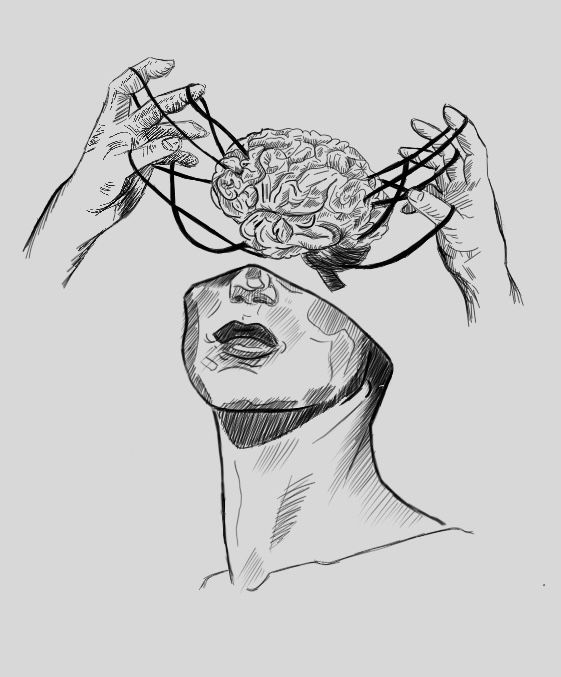🔍Understanding Crime Beyond the Criminal Mind
The Routine Activities Theory (RAT), or Routine Crime Theory, was proposed by criminologists Lawrence E. Cohen and Marcus Felson in 1979. It is a key situational and ecological approach within criminology that seeks to explain variations in crime rates by focusing on how changes in the daily activities (routines) of society create or modify the opportunities for crime.
This influential theory posits that a direct-contact predatory crime (a crime involving a physical interaction between the offender and the victim or their property) requires the convergence of three essential elements in the same time and space. The absence of just one of these elements is sufficient to prevent the crime.
The Three Core Elements of Routine Activities Theory
According to Cohen and Felson, crime is an event that occurs when three critical components overlap:
1. A Motivated Offender
- Definition: Individuals who possess the inclination, desire, or have acquired the necessary skills to commit a criminal act.
- RAT’s Focus: Unlike many other criminological theories, RAT assumes the existence of motivated offenders. It does not focus on the personal, social, or psychological causes of this motivation (such as poverty, inequality, or criminal history). Instead, RAT concentrates on the external conditions and opportunities that allow these individuals to act.
2. A Suitable Target (Propitious Victim)
- Definition: A person, property, or object that is attractive, vulnerable, or easily accessible to the offender.
- Target Characteristics: Felson summarized the characteristics of a suitable target using the acronym CRAVED:
- Concealable: Easy to hide.
- Removable: Easy to carry away (portable).
- Available: Easy to access.
- Valuable: High perceived or economic value.
- Enjoyable (Desirable): Pleasant to use or possess.
- Disposable: Easy to sell or get rid of (resale value).
- Example: An unlocked car without an alarm on a dark street (easy to access, conceal, and dispose of) is a more suitable target than one parked in a guarded garage.
3. The Absence of a Capable Guardian (Social Control)
- Definition: The lack of a person or security measure that can deter, observe, or intervene in the criminal act, thereby reducing the risk to the offender.
- Types of Guardians:
- Formal Guardians: Police, private security guards, alarms, security cameras, etc.
- Informal Guardians: Homeowners, neighbors, friends, passersby, parental control, or any citizen who can notice or protect themselves or their property.

📈 The Impact of Routine Activities on Crime Rates
Cohen and Felson argued that structural changes in the daily routines of modern life, particularly after World War II, increased the opportunities for crime:
- Increase in Suitable Targets: The rise in wealth and the mass production of small, light, and valuable consumer goods (electronics, vehicles) have created more “CRAVED” targets.
- Decrease in Informal Supervision: The increase in female labor force participation and the rise in activities and travel outside the home (work, leisure) have left properties and spaces less supervised by informal guardians (e.g., houses empty during the day).
- Greater Convergence: Modern routines have facilitated the convergence of motivated offenders, suitable targets, and the absence of guardians in various public places (malls, public transport, entertainment areas).
💡 RAT and its Link to Situational Crime Prevention
The Routine Activities Theory is one of the theoretical foundations of Situational Crime Prevention (SCP), which focuses on reducing the opportunities to commit crimes. RAT shifted the criminological perspective from simply asking “Why do people commit crimes?” to asking “How and where is crime facilitated?” in the context of everyday life.
The Crime Triangle and the Role of Control
Marcus Felson later developed the theory further by introducing the Crime Triangle (or Problem Analysis Triangle) and the concept of control agents, stressing that crime prevention can focus on any of the six points in the model:
| Crime Element | Control Agent | Role of Control |
| Motivated Offender | Handler (Caregiver) | Minimizes the offender’s criminal potential (e.g., parents, teachers, supervisors). |
| Suitable Target | Capable Guardian | Watches over and protects victims or property (e.g., security, neighborhood watch). |
| Place/Context | Place Manager | Controls the environment where the crime occurs (e.g., bar owner, mall administrator, concierge). |
Practical Implications: SCP Strategies
SCP utilizes techniques that align directly with the components of RAT, aiming to make crimes more difficult, risky, and less rewarding:
| SCP Strategy | RAT Principle Addressed | Examples of Techniques |
| Increase the Effort | Restrict access to the Target | Target hardening (stronger locks), controlling exits (turnstiles). |
| Increase the Risk | Strengthen the Guardian’s presence | Enhance natural surveillance (good lighting), install alarms, formal security. |
| Reduce the Rewards | Diminish the Target’s attractiveness | Property identification (marking), removing the target (not leaving valuables). |
| Reduce Provocations | Reduce situational Motivation | Reduce overcrowding, establish noise limits. |
| Remove Excuses | Reduce justified Motivation | Posting “No Trespassing” signs, establishing clear rules. |
⚖️ RAT and the Rational Choice Theory
The Routine Activities Theory is intrinsically linked to the Rational Choice Theory (RCT).
- Rational Choice: RCT posits that an offender is a rational agent who evaluates the costs and benefits before committing a crime.
- RAT’s Contribution: RAT provides the environmental framework and opportunity within which rational choice operates. The convergence of the three elements (motivated offender, suitable target, absence of a guardian) reduces the “costs” (risk of being caught) and increases the “perceived benefits” (ease of success) for the offender, making the choice to offend rational in that specific time and place.

🛑 Criticisms of the Routine Activities Theory
Despite its success in explaining patterns of property crime and its impact on crime prevention, RAT faces several criticisms:
- Ignores Root Causes: The most common criticism is that the theory takes the offender’s motivation as a given, failing to address the structural causes of crime like poverty, inequality, or psychological issues. Critics argue that by not addressing the root problem, the theory may only result in crime displacement.
- Limited Explanatory Power: It is highly effective for explaining predatory and property crimes that require direct contact. However, it is less suitable for explaining impulsive crimes, white-collar crimes, crimes of passion, or offenses occurring in private settings (e.g., domestic violence).
- Risk of Victim Blaming: By focusing on the characteristics of the “suitable target” and the “absence of a guardian,” the theory could be misinterpreted to imply that victims are at fault (for example, for not adequately protecting themselves or their property).
- The Displacement Problem: The theory doesn’t fully explain whether situational prevention truly reduces crime or if it merely displaces it to another:
- Geographical location.
- Temporal moment.
- Target/Victim.
- Tactic/Type of crime.







Leave a Reply